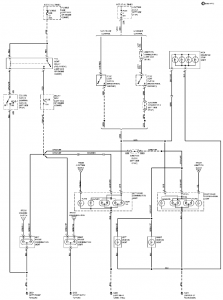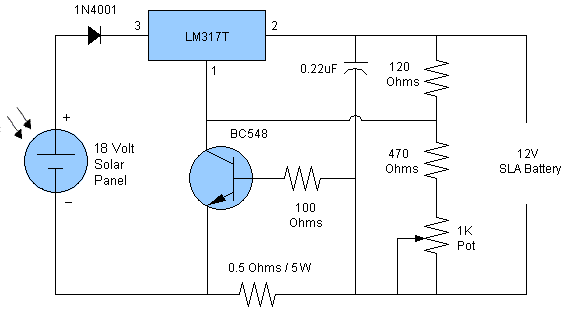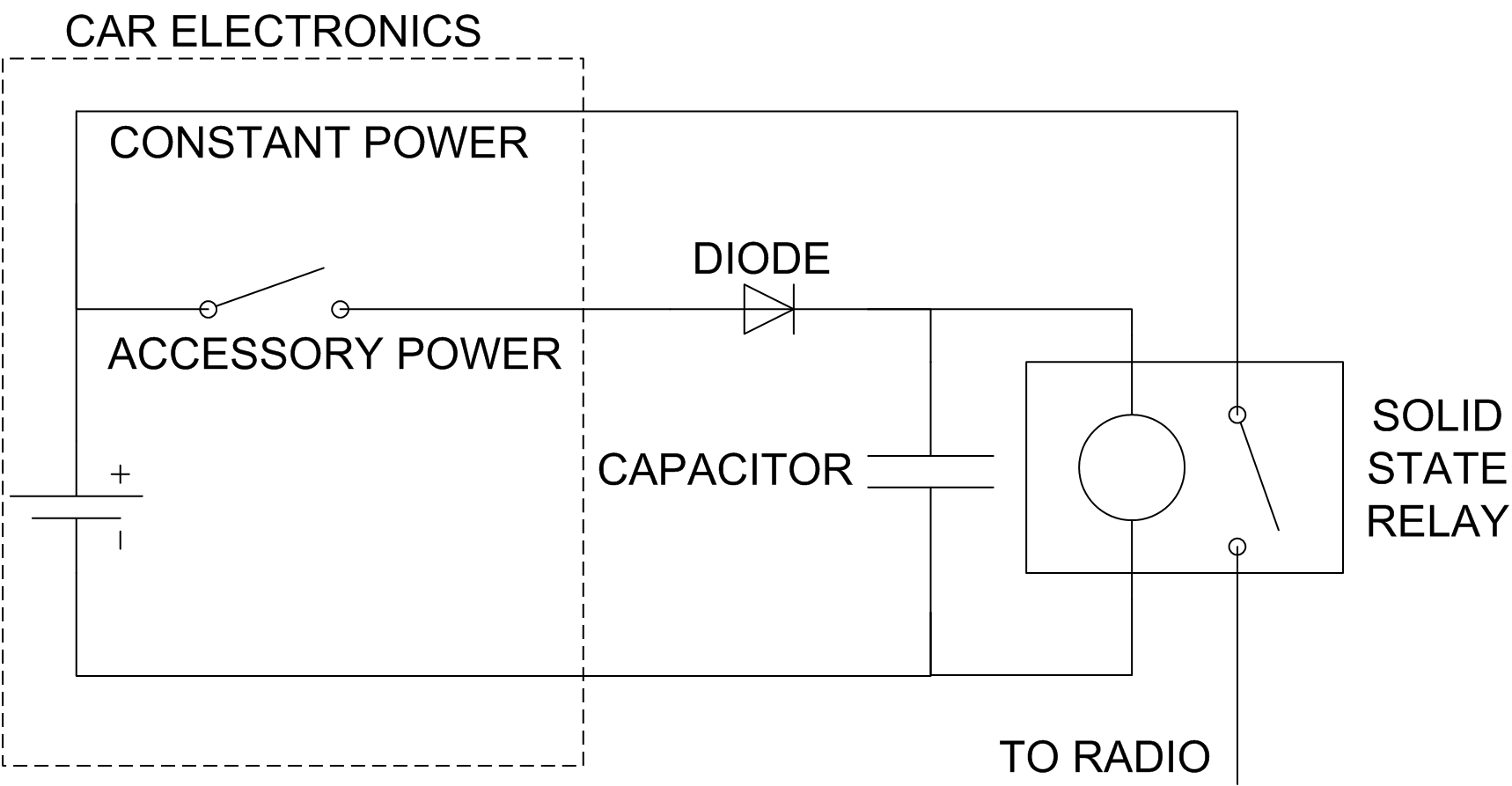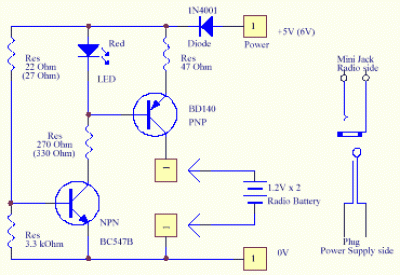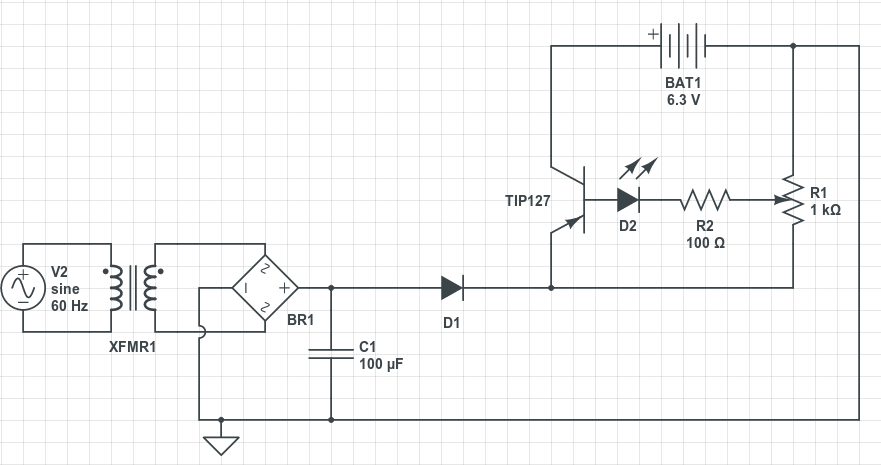
ASUS Eee Car Charger
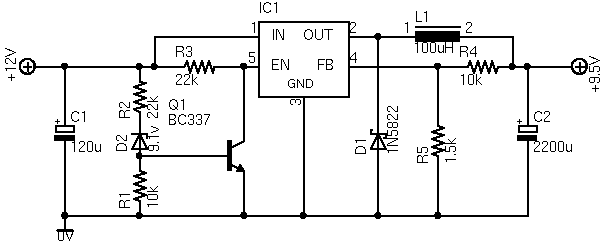
The ASUS Eee is an ultra-portable notebook that meets the essential needs of tech enthusiasts while maintaining excellent build quality and affordability. In New Zealand, it can be purchased exclusively from DSE, where it is competitively priced compared to importing, especially when considering duties and taxes, as well as the benefit of a local mains charger. The compact size of the Eee makes it convenient for transportation, including in vehicles. However, at the time of writing, a car charger was not readily available, prompting the decision to create a custom solution. This project also presents an opportunity to incorporate an external high-capacity battery. It is worth noting that a commercially available car charger is now offered at a lower price than the DIY version, available through Expansys, with outputs of 9.5V from an input range of 10-18V and a maximum current of 2.5A, performing better at lower voltages. Nevertheless, this page remains as a reference for enthusiasts who enjoy hands-on projects. The Eee's original charger is rated at 9.5V and 2.315A, and since a fixed voltage regulator for this specific voltage is not available, an adjustable regulator was necessary for the circuit design. The LM2576 Simple Switcher IC from National Semiconductor was chosen for the design due to its availability and cost-effectiveness. While there are more efficient alternatives, the LM2576's lower dropout voltage (~2V) is beneficial for powering the device from a car or 12V SLA battery. Although a standard three-pin regulator like the LM317 could have been used, it typically requires an external transistor for high current applications and is inefficient, as it draws the same current from the input as the load, dissipating the excess as heat. A significant challenge with the LM2576 is the requirement for a larger inductor due to its lower switching frequency. The inductor selected is the Pulse Engineering part number PE92108KNL, which is specifically designed for compatibility with the LM257x series, though it is bulkier than preferred. The circuit also incorporates a low voltage cut-out using a 9.1V Zener diode and a BC337 transistor to shut down the regulator if the input voltage drops below 11.5V, preventing unstable operation and potential battery depletion. Substituting this transistor with a similar type may alter the cut-out voltage, with a Vbe of 1.2V being necessary. All components used are generally accessible, sourced from suppliers like Farnell and Jaycar, except for the inductor. It is crucial to select high-temperature, low ESR capacitors to ensure stable operation and charger efficiency. The final design results in a charger that is bulkier than desired; attempts to fit the circuit into an old mobile phone charger case faced challenges related to stability and heat dissipation due to the high current requirements of the components. The project is aimed at individuals with prior experience in electronic construction.
The circuit design for the custom car charger incorporates several key components and considerations to ensure reliable operation and efficiency. The LM2576 IC serves as the heart of the charger, allowing for adjustable voltage output while managing the current requirements of the ASUS Eee. The inductor, essential for the switching regulator's operation, is chosen for its compatibility with the LM2576, ensuring optimal performance. The circuit layout must be carefully designed to minimize electromagnetic interference and ensure stable operation under varying load conditions.
The low voltage cut-out feature is critical for protecting both the charger and the vehicle's battery. By monitoring the input voltage and shutting down the regulator at a predetermined threshold, this design mitigates the risk of battery drain, which is particularly important in automotive applications. The use of a Zener diode in conjunction with the BC337 transistor provides a simple yet effective means of implementing this safety feature.
Thermal management is another crucial aspect of the design. Given the high currents involved, heat dissipation must be addressed to prevent component failure. This may involve using heatsinks or ensuring adequate airflow around the components. The choice of capacitors is also significant; low ESR capacitors help reduce heat generation and improve efficiency, contributing to the overall performance of the charger.
In summary, this custom car charger design for the ASUS Eee notebook highlights the challenges and considerations involved in creating an efficient and reliable power supply solution for portable devices. By leveraging readily available components and focusing on critical design elements such as voltage regulation, thermal management, and safety features, this project serves as a valuable reference for electronics enthusiasts looking to undertake similar projects.The ASUS Eee is a fantastic ultra-portable notebook with almost everything required for geeks (and nothing that isn`t). Plus it features fantastic build quality and is very well priced. If you live in New Zealand you can get them from DSE ; at the time of writing they are the exclusive supplier.
I worked out it`s the same cost as importing one onc e you include all the duties and tax, plus you get the advantage of a proper NZ-style mains charger. Anyway, being so small I thought it would be nice to be able to carry this around in the car. Unfortunately I couldn`t find a car charger available anywhere at the time so I decided to tackle the problem myself. As a bonus this provides an opportunity for an external high-capacity battery. I thought at this stage it would be worth noting that a commercial car charger is now available for less than it cost me to build this from Expansys and is available in most countries (select your location on their site).
It outputs 9. 5v from 10-18v in at up to 2. 5A I`d actually recommend it over the design here is it seems to perform better at lower voltages (that one works down to 10V). However I have kept this page up as a reference for those who enjoy tinkering. The charger included with the Eee is rated at 9. 5v, 2. 315A. There isn`t a fixed voltage regulator available for this exact voltage, so the circuit needed to be designed around an adjustable regulator.
I decided to design the charger around the LM2576 Simple Switcher IC from National Semiconductor. There are tons of ICs like this available, many of which are a bit more efficient, however I selected this one because it is readily available and relatively cheap. It also has a lower drop-out voltage (~2V) than many other chips I looked at which is important when powering the device from a car or 12v SLA battery.
This circuit could have used a standard three pin regulator IC such as the LM317, however most types require an external transistor when handling so much current and not to mention the fact that they are very inefficient; they draw the same amount of current from the input as the load and the difference in power is dissipated as heat. The main problem with using the LM2576 is the fact it needs quite a large inductor due to its somewhat low switching frequency.
The inductor I used is made by Pulse Engineering, part number PE92108KNL. I`d prefer a smaller one, however I couldn`t find one capable of supplying the required current that I could purchase in single units. Besides the PE92108KNL is apparently designed specifically to work with the LM257x series. The circuit also includes a low voltage cut-out based on a 9. 1v Zener diode and BC337 transistor that will shut down the regulator if the input voltage is below 11.
5V. This prevents unstable operation of the regulator at lower input voltages, and also helps prevent accidental flattening of the supply battery. Substituting this transistor for similar type may affect the cut-out voltage; the Vbe of the transistor should be 1.
2v. All of the components used should be pretty readily available in most areas. I got everything from Farnell. Jaycar also sells everything except the inductor. Make sure you specify high temperature, low ESR capacitors as these help result in more stable operation and better efficiency of the charger. Unfortunately the end result is a charger that is slightly bulkier than I would really like. I attempted to fit this inside an old mobile phone charger case so the whole thing could hang out of the cigarette lighter, however I ran into trouble making the circuit stable enough and dissipating all the heat.
Due to the high current involved compared to a mobile phone charger the components are much bulkier so it`s pretty tricky to get all to fit! If I do get it finished I`ll add an update. This circuit is intended for people who have had experience in constructing electronic projects before.
The ci 🔗 External reference
The circuit design for the custom car charger incorporates several key components and considerations to ensure reliable operation and efficiency. The LM2576 IC serves as the heart of the charger, allowing for adjustable voltage output while managing the current requirements of the ASUS Eee. The inductor, essential for the switching regulator's operation, is chosen for its compatibility with the LM2576, ensuring optimal performance. The circuit layout must be carefully designed to minimize electromagnetic interference and ensure stable operation under varying load conditions.
The low voltage cut-out feature is critical for protecting both the charger and the vehicle's battery. By monitoring the input voltage and shutting down the regulator at a predetermined threshold, this design mitigates the risk of battery drain, which is particularly important in automotive applications. The use of a Zener diode in conjunction with the BC337 transistor provides a simple yet effective means of implementing this safety feature.
Thermal management is another crucial aspect of the design. Given the high currents involved, heat dissipation must be addressed to prevent component failure. This may involve using heatsinks or ensuring adequate airflow around the components. The choice of capacitors is also significant; low ESR capacitors help reduce heat generation and improve efficiency, contributing to the overall performance of the charger.
In summary, this custom car charger design for the ASUS Eee notebook highlights the challenges and considerations involved in creating an efficient and reliable power supply solution for portable devices. By leveraging readily available components and focusing on critical design elements such as voltage regulation, thermal management, and safety features, this project serves as a valuable reference for electronics enthusiasts looking to undertake similar projects.The ASUS Eee is a fantastic ultra-portable notebook with almost everything required for geeks (and nothing that isn`t). Plus it features fantastic build quality and is very well priced. If you live in New Zealand you can get them from DSE ; at the time of writing they are the exclusive supplier.
I worked out it`s the same cost as importing one onc e you include all the duties and tax, plus you get the advantage of a proper NZ-style mains charger. Anyway, being so small I thought it would be nice to be able to carry this around in the car. Unfortunately I couldn`t find a car charger available anywhere at the time so I decided to tackle the problem myself. As a bonus this provides an opportunity for an external high-capacity battery. I thought at this stage it would be worth noting that a commercial car charger is now available for less than it cost me to build this from Expansys and is available in most countries (select your location on their site).
It outputs 9. 5v from 10-18v in at up to 2. 5A I`d actually recommend it over the design here is it seems to perform better at lower voltages (that one works down to 10V). However I have kept this page up as a reference for those who enjoy tinkering. The charger included with the Eee is rated at 9. 5v, 2. 315A. There isn`t a fixed voltage regulator available for this exact voltage, so the circuit needed to be designed around an adjustable regulator.
I decided to design the charger around the LM2576 Simple Switcher IC from National Semiconductor. There are tons of ICs like this available, many of which are a bit more efficient, however I selected this one because it is readily available and relatively cheap. It also has a lower drop-out voltage (~2V) than many other chips I looked at which is important when powering the device from a car or 12v SLA battery.
This circuit could have used a standard three pin regulator IC such as the LM317, however most types require an external transistor when handling so much current and not to mention the fact that they are very inefficient; they draw the same amount of current from the input as the load and the difference in power is dissipated as heat. The main problem with using the LM2576 is the fact it needs quite a large inductor due to its somewhat low switching frequency.
The inductor I used is made by Pulse Engineering, part number PE92108KNL. I`d prefer a smaller one, however I couldn`t find one capable of supplying the required current that I could purchase in single units. Besides the PE92108KNL is apparently designed specifically to work with the LM257x series. The circuit also includes a low voltage cut-out based on a 9. 1v Zener diode and BC337 transistor that will shut down the regulator if the input voltage is below 11.
5V. This prevents unstable operation of the regulator at lower input voltages, and also helps prevent accidental flattening of the supply battery. Substituting this transistor for similar type may affect the cut-out voltage; the Vbe of the transistor should be 1.
2v. All of the components used should be pretty readily available in most areas. I got everything from Farnell. Jaycar also sells everything except the inductor. Make sure you specify high temperature, low ESR capacitors as these help result in more stable operation and better efficiency of the charger. Unfortunately the end result is a charger that is slightly bulkier than I would really like. I attempted to fit this inside an old mobile phone charger case so the whole thing could hang out of the cigarette lighter, however I ran into trouble making the circuit stable enough and dissipating all the heat.
Due to the high current involved compared to a mobile phone charger the components are much bulkier so it`s pretty tricky to get all to fit! If I do get it finished I`ll add an update. This circuit is intended for people who have had experience in constructing electronic projects before.
The ci 🔗 External reference

